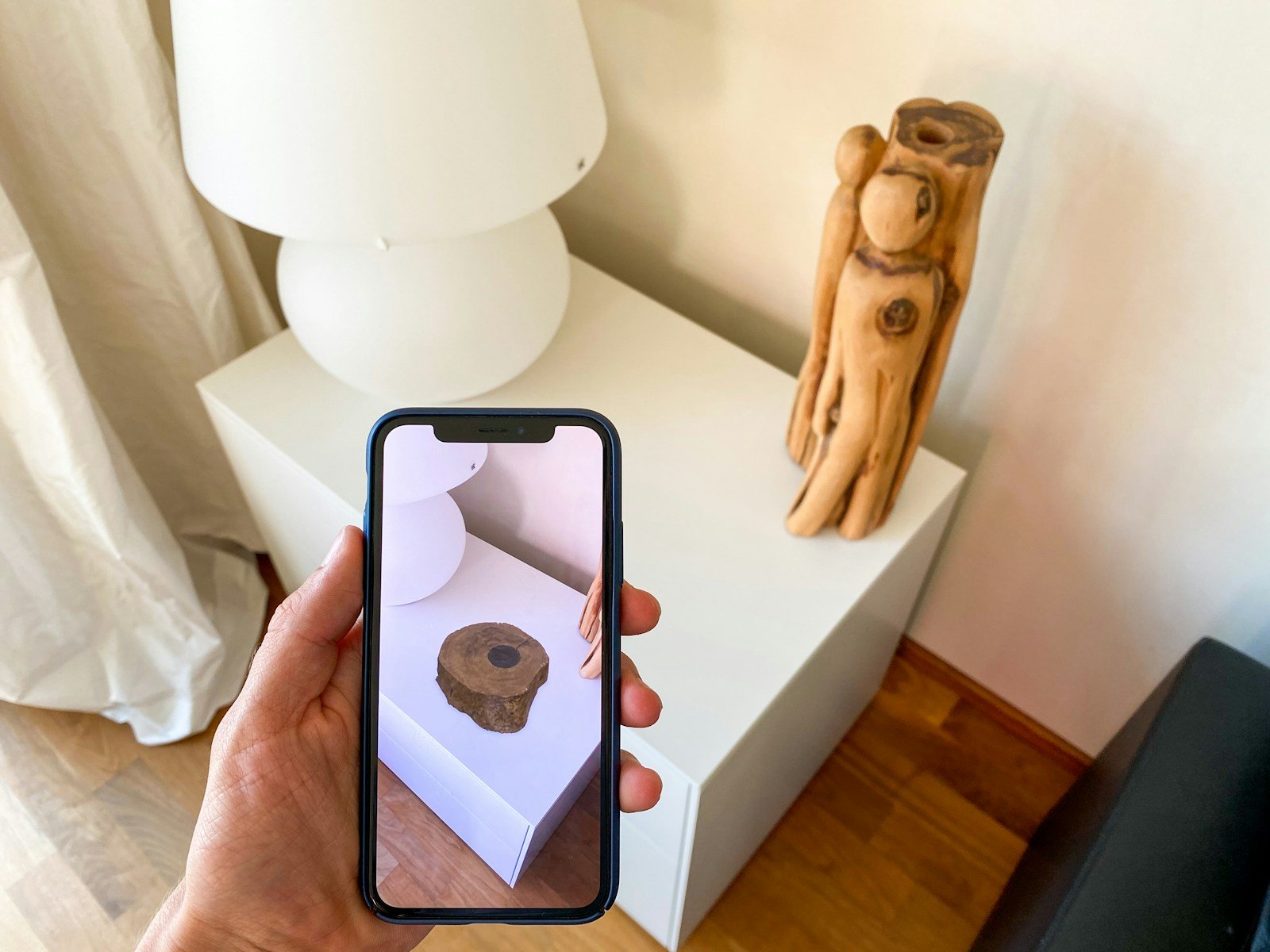AR Interactive Learning, also known as Augmented Reality Interactive Learning, utilizes Augmented Reality (AR) technology to create an engaging and interactive learning experience. It overlays digital information, such as 3D models, animations, and videos, onto the real world through a smartphone, tablet, or specialized AR glasses. This approach transforms static learning materials into dynamic and immersive experiences, boosting understanding and retention.
Components of AR Interactive Learning:
- AR Technology: This is the foundation, using your device’s camera and sensors to detect the physical environment and overlay digital elements in real-time.
- Learning Content: This can include 3D models of objects or molecules, simulations of historical events, interactive diagrams, or even quizzes and games. The content is specifically designed to be triggered and interacted with in the real world through the AR app or software.
- Mobile Device or AR Glasses: These act as the platform for delivering the AR experience. Users typically access the learning content through a dedicated AR app or software on their smartphones or tablets. In some cases, specialized AR glasses might be used for a more immersive experience.
Benefits of AR Interactive Learning:
- Increased Engagement: AR transforms passive learning into an active and engaging experience. Students can manipulate virtual objects, explore simulations, and interact with the learning content in a dynamic way, leading to higher levels of interest and motivation.
- Improved Knowledge Retention: The visual and interactive nature of AR helps learners retain information more effectively compared to traditional methods. It allows for a deeper understanding of complex concepts through visualization and hands-on exploration.
- Enhanced Visualization: AR excels at visualizing abstract concepts. Imagine exploring the human body by viewing an interactive 3D model in your living room, or examining the solar system by holding a virtual model in your hand. This visual reinforcement significantly aids learning.
Example Uses of AR Interactive Learning:
- Science Education: Imagine dissecting a virtual frog on your desk or exploring the inner workings of a cell through an interactive 3D model.
- History & Culture: Explore ancient civilizations by viewing 3D reconstructions of historical landmarks or viewing historical figures come to life through AR simulations.
- Vocational Training: AR can be used to simulate complex procedures, such as equipment maintenance or surgical techniques, providing a safe and realistic training environment.
- Art & Design: AR can visualize architectural plans in real-world scale or allow students to interact with and manipulate 3D models in design courses.
AR Interactive Learning represents a significant step forward in educational technology. By harnessing the power of AR, educators can create engaging and effective learning experiences that cater to the digital generation and foster a deeper understanding of complex concepts.

